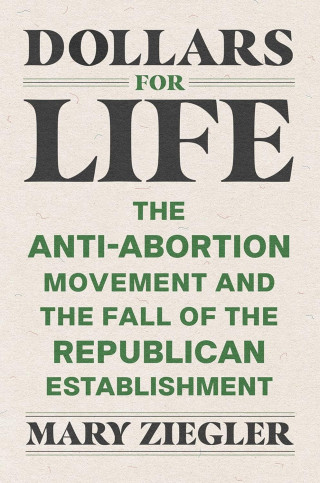Sanger was indeed an ambivalent figure. A lifelong campaigner for women’s rights, she gradually abandoned her anarchist and socialist convictions in favor of a distinctly feminist version of eugenics. Frustrated with the lack of interest in women’s reproductive autonomy among feminists and labor activists, Sanger turned to the science of eugenics at the same time that she launched herself into a campaign to liberalize birth control laws and provide free clinics to working-class women. As historians Mary Ziegler and Linda Gordon have argued, Sanger was outraged that middle- and upper-class women had ready access to birth control while working-class women, who bore the brunt of Comstock anti-obscenity laws, were condemned to continuous unwanted pregnancies and early deaths.
In her writings on birth control, Sanger fulsomely adopted the eugenic language of racial purification to advance arguments that most eugenicists strenuously rejected. The pervasiveness of male-inspired sexual morality, she argued, had condemned women to a state of sexual ignorance, which ultimately led to racial degeneration. While embracing the eugenicists’ language of racial uplift as her own, Sanger argued (against the eugenicist mainstream) that this goal could be achieved only if women were granted full legal and sexual equality.
During the 1920s, she made overtures to eugenicists to conscript them for the birth control cause and published several anti-immigrant and racist texts in her journal, the Birth Control Review. The official eugenic movement, however, clung to the idea that unconstrained female sexuality was itself a form of racial degeneracy and, in a general meeting held in 1925, cast a resounding vote against the liberalization of birth control laws. By 1930, Sanger and the eugenic movement had parted ways. The science of eugenics itself would soon be utterly discredited.
For religious conservatives, Sanger’s embrace of eugenics was more than a historical footnote: as the founder of Planned Parenthood, she was the through line that led from the state-enforced eugenic laws of the 1910s and 1920s to the involuntary sterilizations of black women in the 1960s and 1970s and the Roe decision of 1973. This history proved to them that legal abortion (and the feminism that demanded it) was an irredeemably racist project. The story is complicated by the fact that Sanger was resolutely opposed to both abortion and state sterilization laws. But if religious conservatives fudge the details when it comes to Sanger’s stance on abortion, they willfully misrepresent the history of the modern, interdenominational right-to-life movement, which was much more directly prompted by the feminist threat to reproduction as such than the eugenic politics of selective reproduction.
Evangelicals and fundamentalists only embraced the Catholic “right to life” campaign against abortion when it became associated with the feminist demand for sexual freedom and bodily autonomy. Catholics, by contrast, have always fought against the eugenic and feminist threats to the natural family with equal ferocity, discerning no clear difference between the state’s coercive control of women’s childbearing and women’s own power to terminate their pregnancies. In the period after Roe, Catholic activists turned most of their attention to curbing women’s right to voluntary termination of pregnancy. Yet in public representations of their politics, religious conservatives have consistently muted their desire to curtail women’s bodily freedoms, instead presenting themselves wherever possible as crusaders against racist eugenics. To this end, they have brandished the figure of Sanger as evidence that feminism and state-enforced eugenics are one and the same thing.
